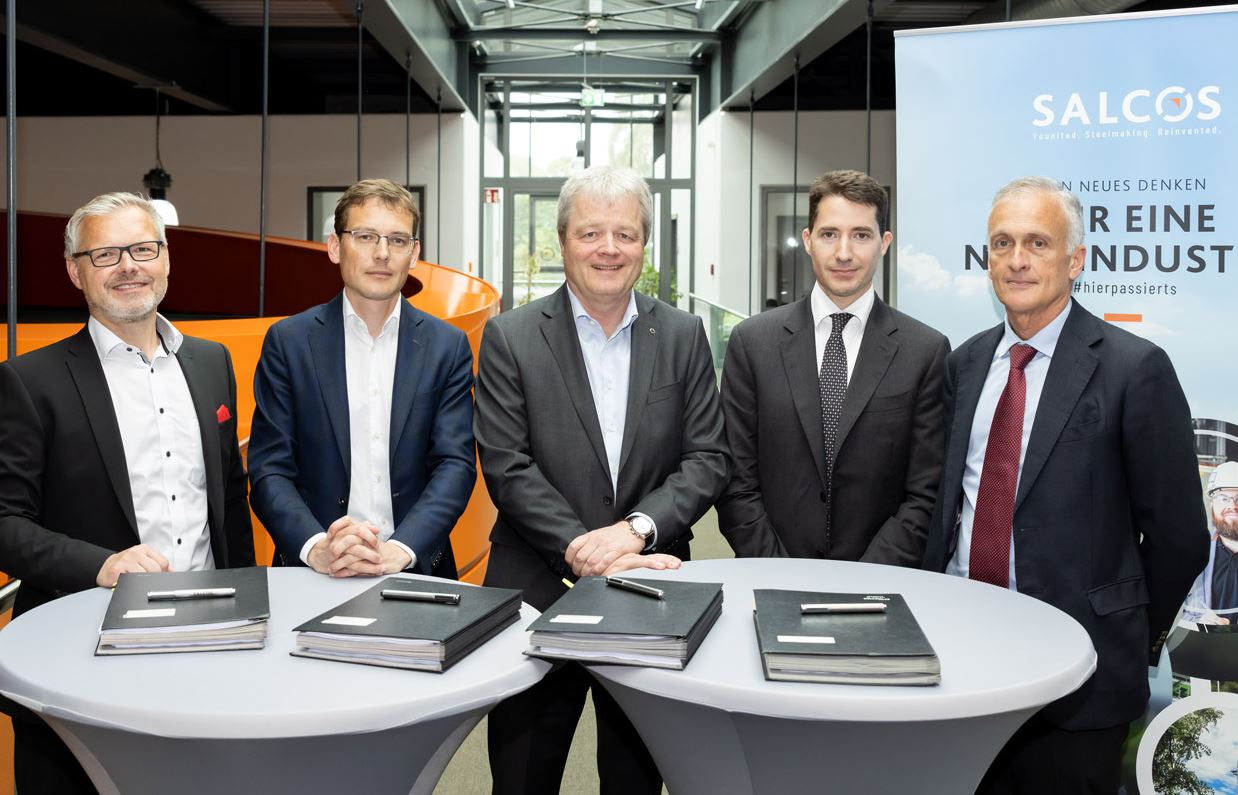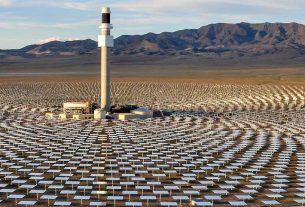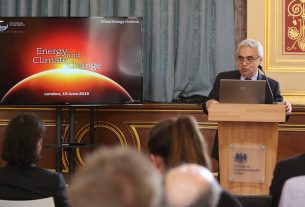Germany – Salzgitter has contracted with a group made up of Tenova, Danieli, and DSD Steel Group to build a direct reduction plant (DRP).
A key element of the SALCOS program, which aims to achieve nearly CO2-free steel manufacturing, is this plant. The DRP, which can produce over 2 million tons of direct reduced iron (DRI) annually, is a significant step in Salzgitter’s transition to low CO2 steelmaking.
Phased development
Three phases of the SALCOS program’s implementation are planned, with the first phase’s start of operations set for the end of 2025. It consists of a 100 MW electrolysis plant for the creation of hydrogen, a direct reduction plant, and an electric arc furnace. The challenging objective is to change steel production at the Salzgitter facility by the end of 2033, well ahead of the deadline set by regulations.
Funding
The Federal Republic of Germany and the State of Lower Saxony provided sizeable subsidies totaling about €1 billion to ensure funding for stage 1 of SALCOS. Additionally, Salzgitter has contributed significant internal funds totaling more than €1 billion to the project. The business has already placed an order for an electric arc furnace, underscoring its commitment to low-CO2 steel production. The new direct reduction plant order confirms Salzgitter’s dedication to eco-friendly business practices.
Technology
The cutting-edge “Energiron ZR Direct Reduction” technology, which Tenova and Danieli jointly developed, will be used in the direct reduction facility. This technique gives the adaptability to run at different hydrogen-to-natural-gas ratios. As the first European steel maker to decide on the necessary investments, obtain funding, and sign significant contracts for its transformation, Salzgitter is paving the way and presenting itself as a pioneer of sustainable business practices.
Up until 2033, the plant’s capacity will make up half of the total DRI capacity anticipated. The dependable Hytemp pneumatic transport system will be used to connect it to an adjacent electric arc furnace, allowing the entrance of hot reduced iron pellets from a distance. Excellent energy efficiency is guaranteed throughout the entire process thanks to this integration.




